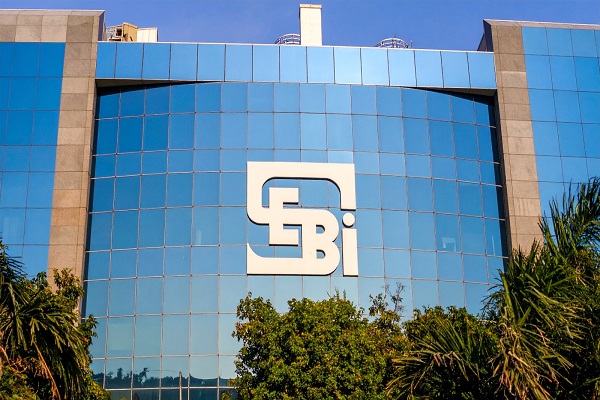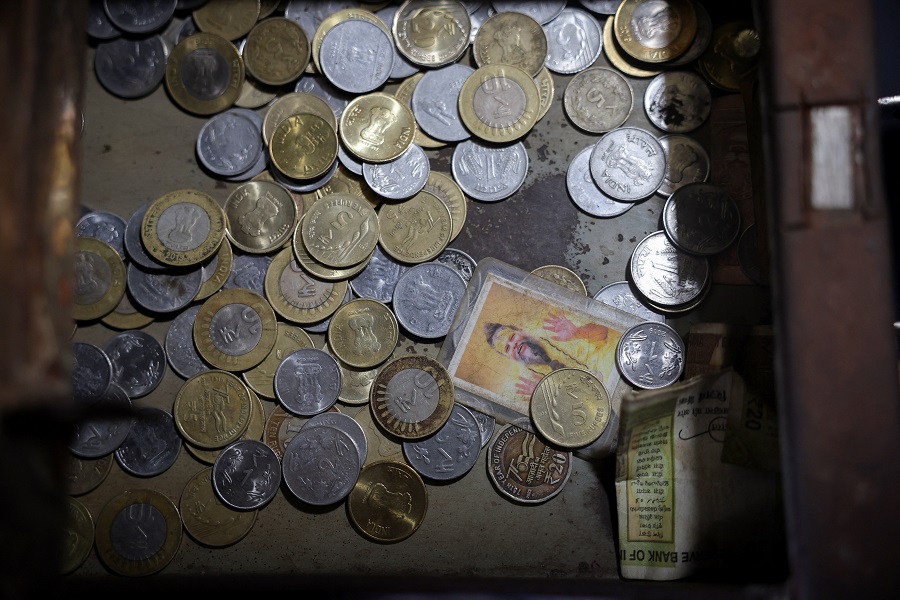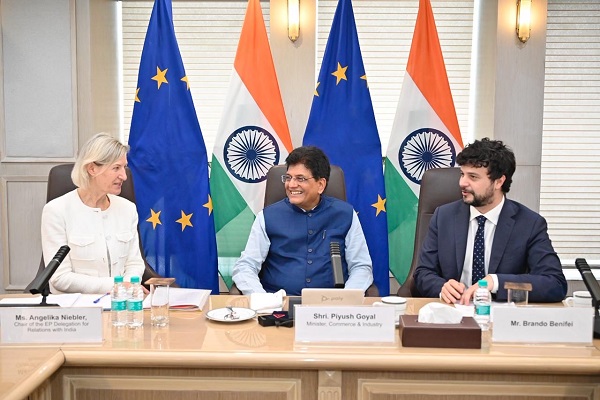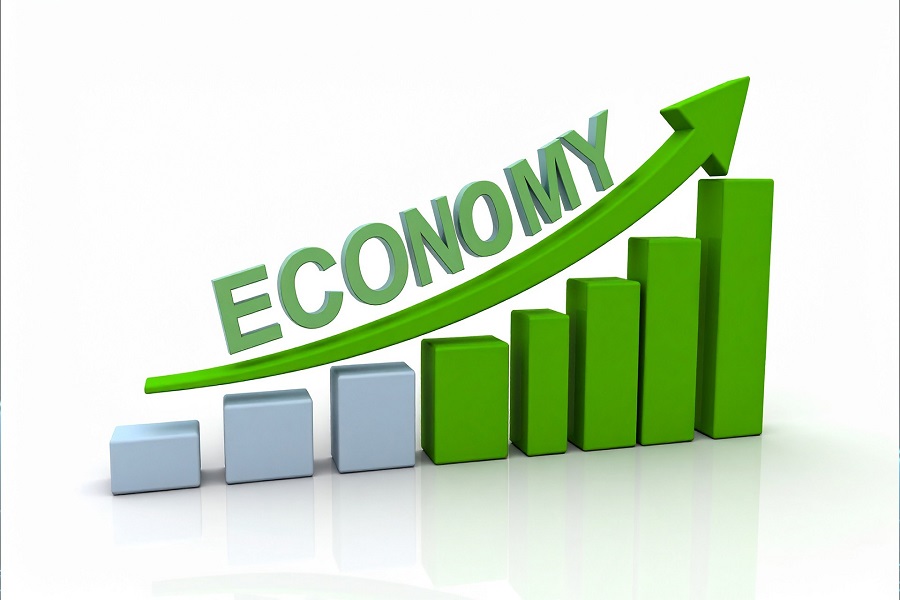Global Pepper Market Faces Rising Prices Amid Brazilian Drought By Amit Gupta , Kedia Advisory
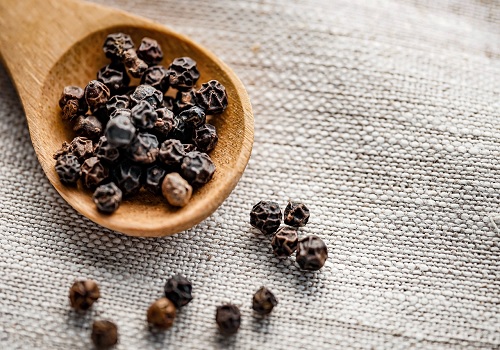
The global pepper market has been impacted by adverse weather conditions, particularly in Brazil, where drought caused by El Nino is expected to reduce pepper production by 20-25% in 2024. Despite the Federal Reserve's rate cut, Vietnam, the largest black pepper exporter, has seen steady exports but lower domestic stock. While Brazilian prices eased slightly, China's renewed buying in Vietnam caused local prices to surge. Indonesia’s exports have also risen due to a larger crop. Global stock levels remain low, driving prices higher across multiple regions, with future supplies looking strained.
Key Highlights
* Brazilian pepper production is expected to drop by 20-25% due to drought.
* Vietnam exported 6,917 tons of pepper in early September, worth $42.3 million.
* Local pepper prices in Vietnam surged due to Chinese buying after a typhoon.
* Indonesian pepper exports increased by 67% YTD, supported by a larger crop.
* Global pepper stock-to-demand ratio is declining, boosting prices worldwide.
The global pepper market experienced significant price movements in the week leading up to September 23, 2024. Brazilian pepper production has been severely impacted by an El Nino-induced drought, with estimates suggesting a 20-25% drop in output compared to last year. This production challenge has created upward pressure on global prices, as Brazil is one of the key suppliers in the market.
Vietnam, the world's largest black pepper exporter, reported exports of 6,917 tons worth $42.3 million in early September. Despite the Federal Reserve's recent interest rate cut, domestic pepper prices in Vietnam remained largely unaffected. However, China's renewed buying following typhoon damage in Hainan province spurred a sudden rise in Vietnam's local prices. With carryover stock running low and future crops delayed, Vietnam’s ability to meet global demand in the coming months is uncertain.
Brazilian pepper prices eased slightly to $6,850-6,900 FOB as the main harvest season began in regions like Para and Espírito Santo. Meanwhile, Indonesia’s pepper exports surged by 67% YTD due to a bumper crop, allowing it to offer more competitive pricing, particularly to Vietnam and the United States. This has helped stabilize the market but only temporarily.
Global stock levels are dwindling, and with the pressure of reduced production and increased demand, pepper prices have steadily crept upwards in recent weeks. Speculators are entering the market, further influencing price dynamics as farmers hold onto their stocks, anticipating higher future returns.
Finally
As global stock levels decline and production challenges persist, pepper prices are likely to continue their upward trend, with significant strain on future supply chains.
Above views are of the author and not of the website kindly read disclaimer




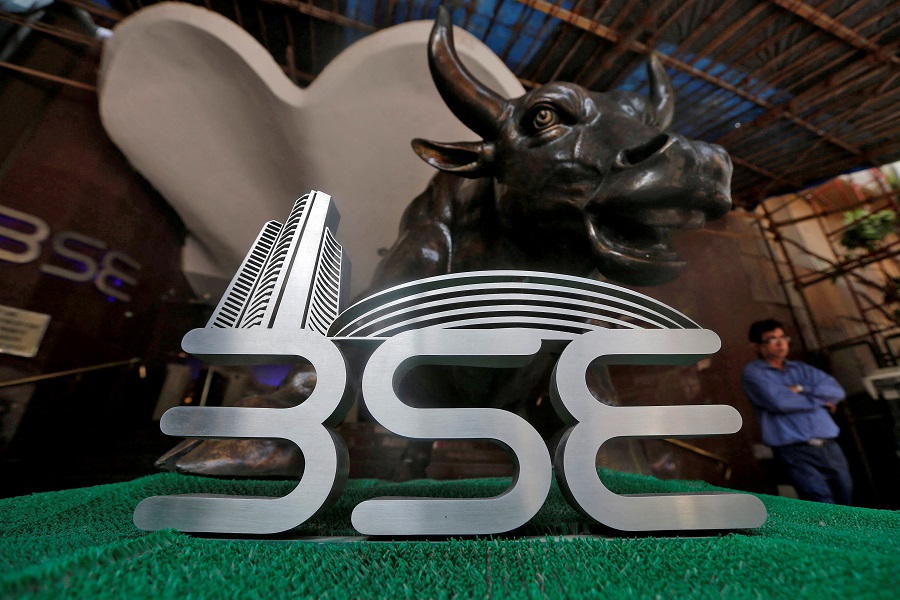





Tag News

Quote on Weekly Market outlook 14th November 2025 by by Mr. Bharat K Gala President, Technic...


